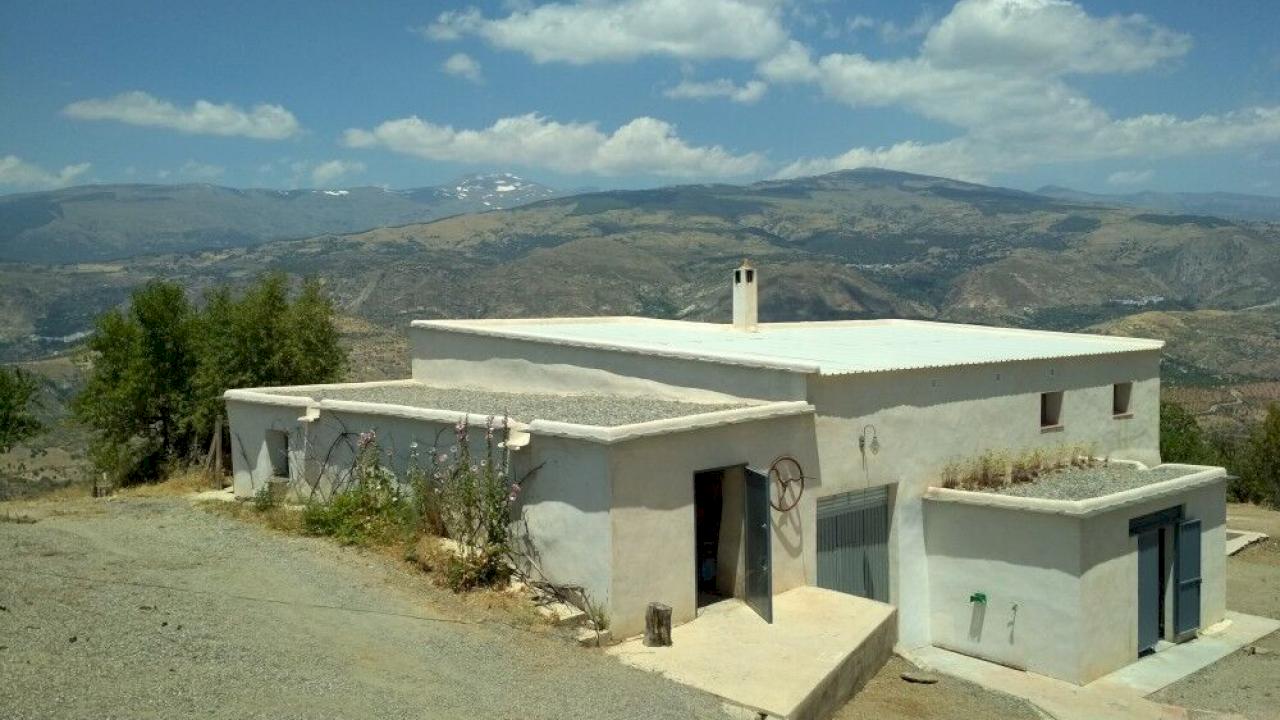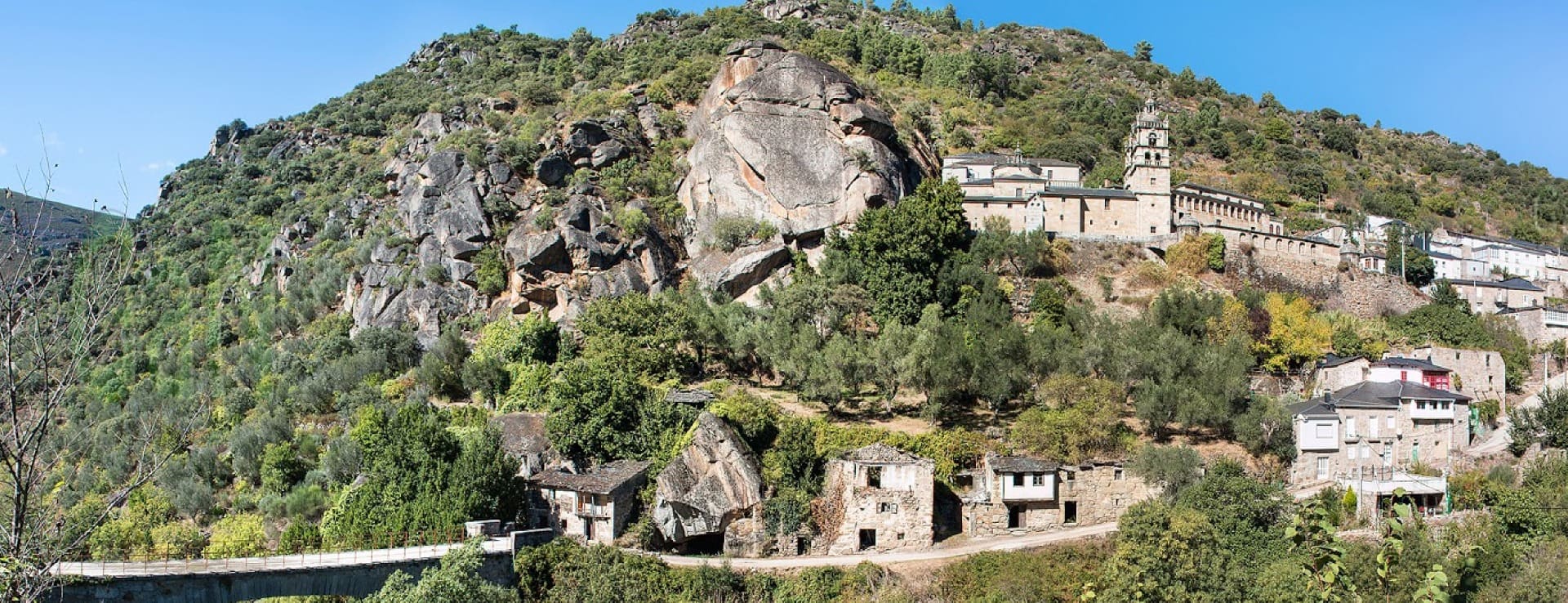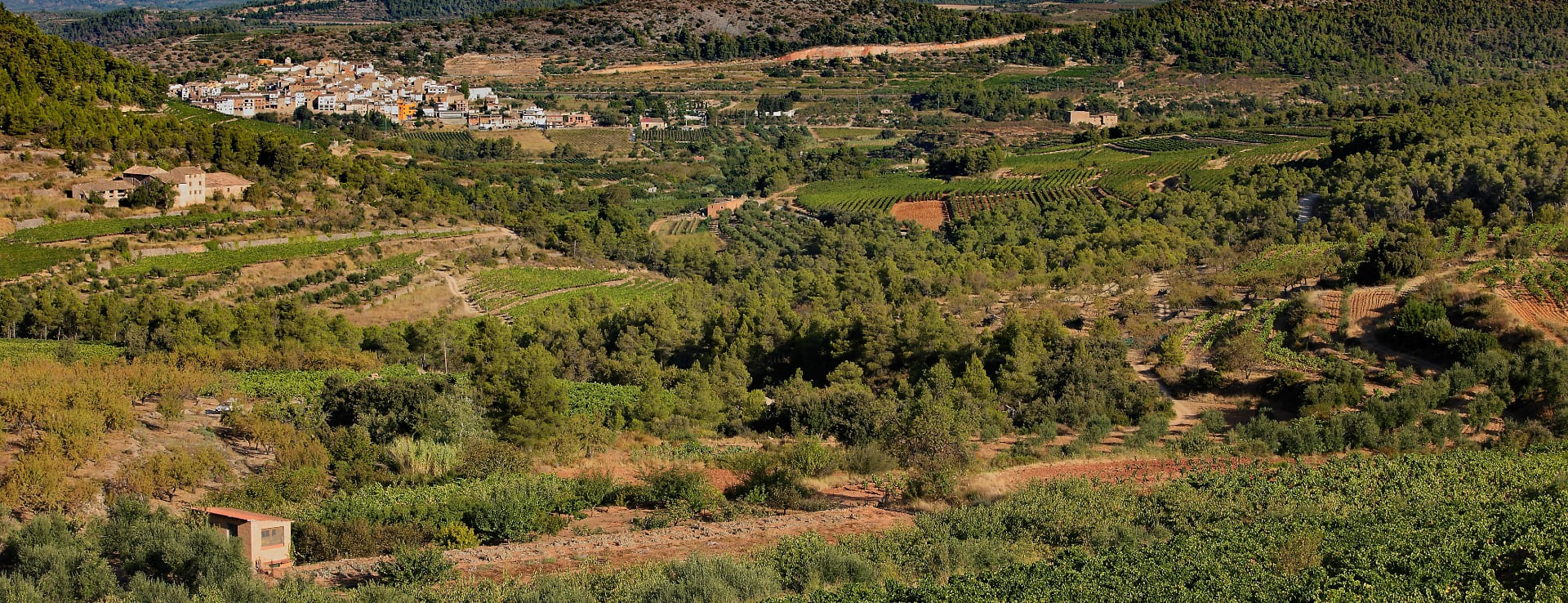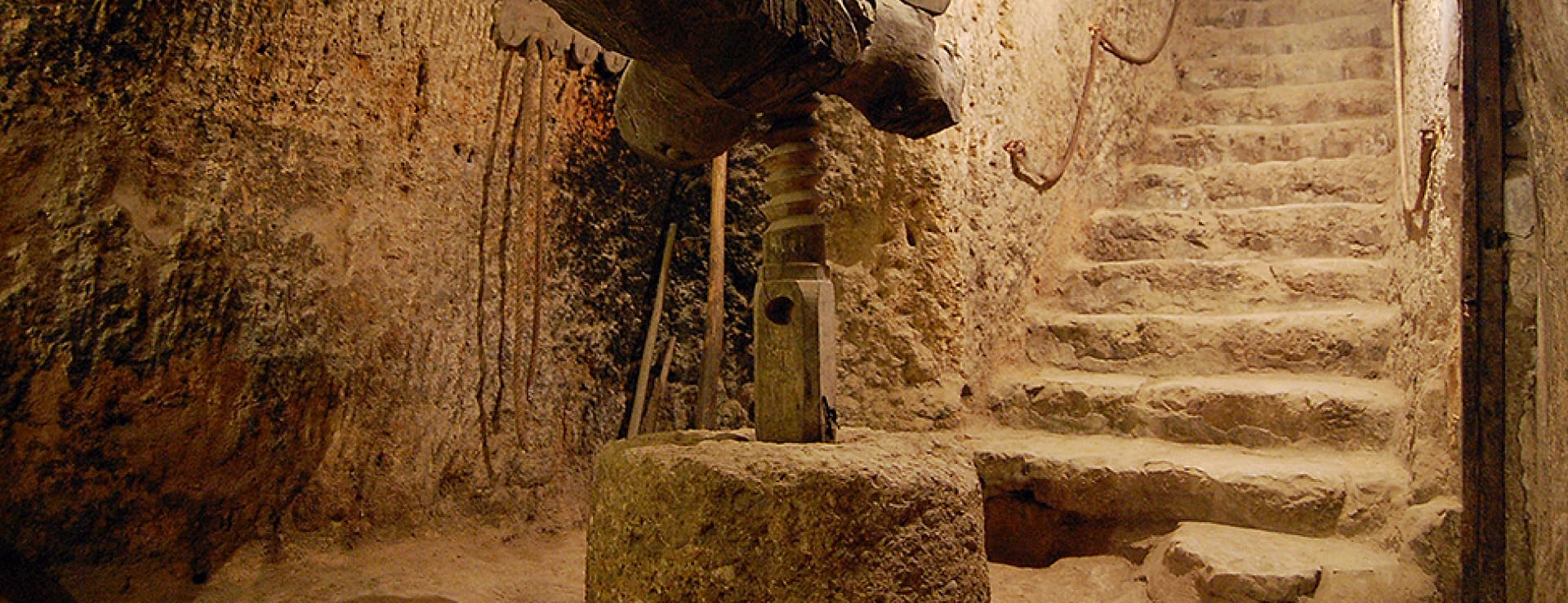Find your winery or vineyard
4 Wineries and Vineyards for sale in DO Granada
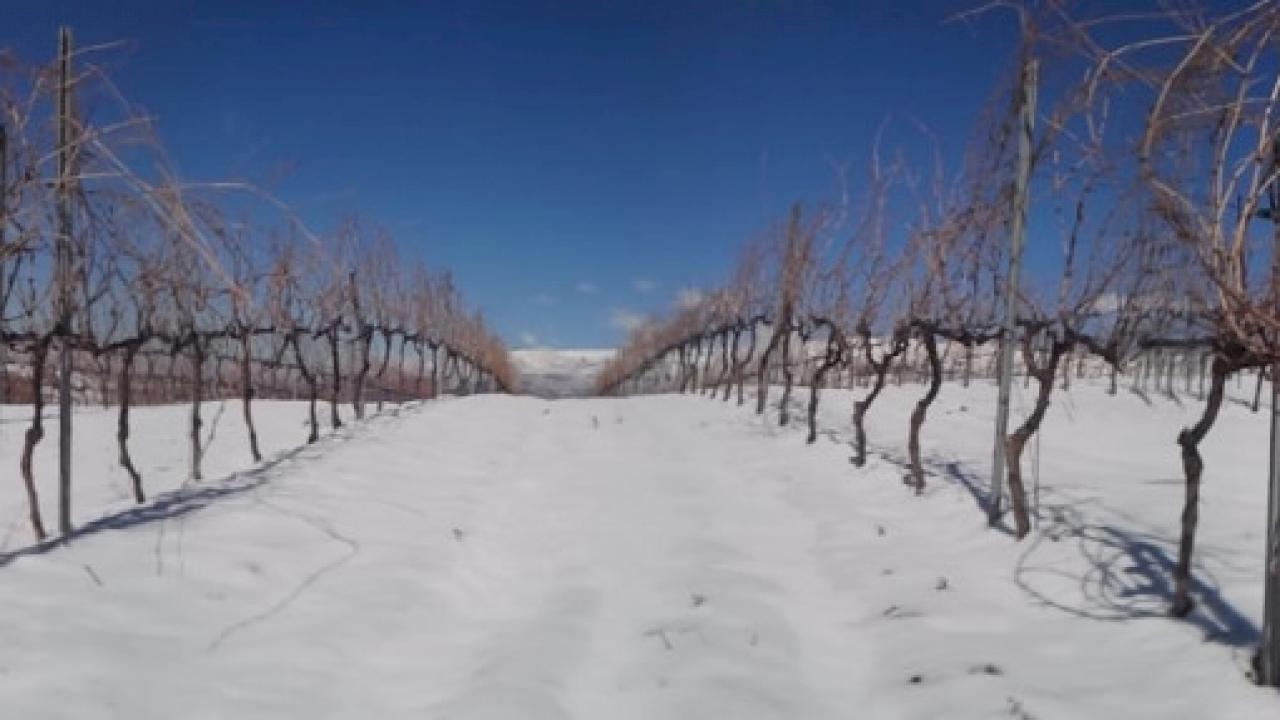
Beautiful winery with 7 hectares of vineyards and views of the sea and the Sierra Nevada mountains.
DO Granada (La Contraviesa - Alpujarra)
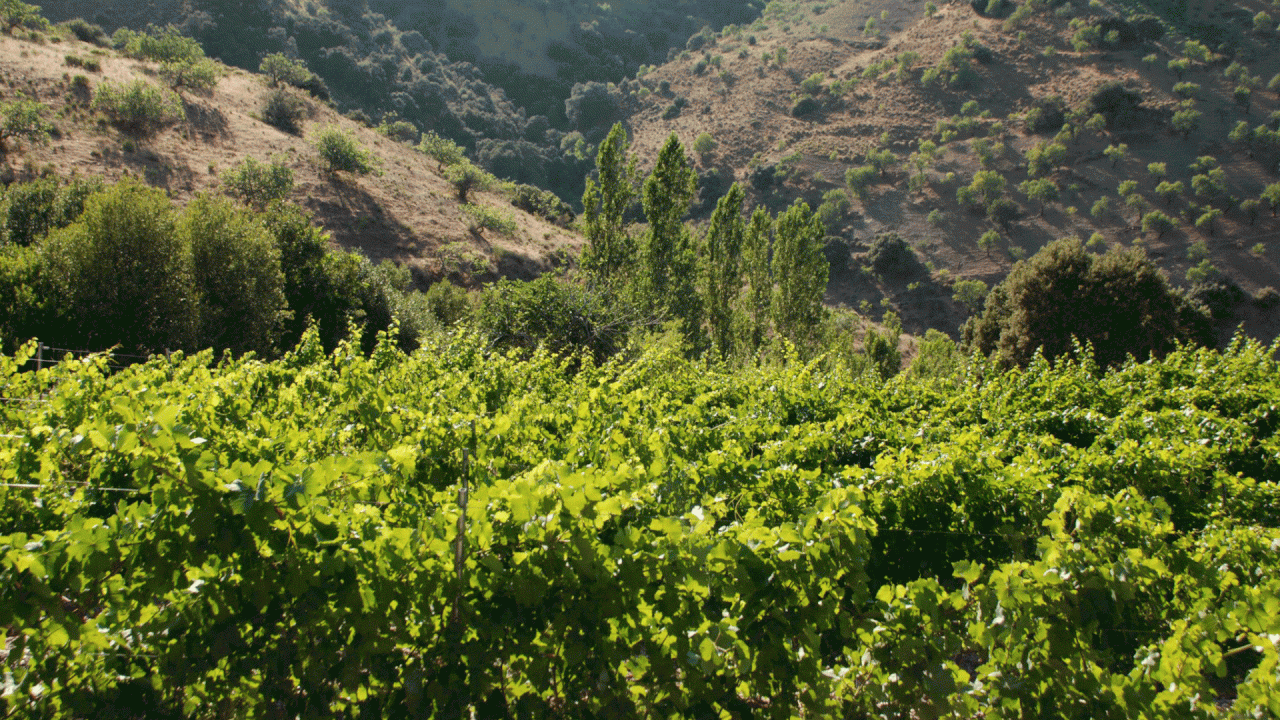
Winery with 6 hectares of vineyards in the heart of nature.
DO Granada (La Contraviesa - Alpujarra)
Infographic of the Denomination of Origin
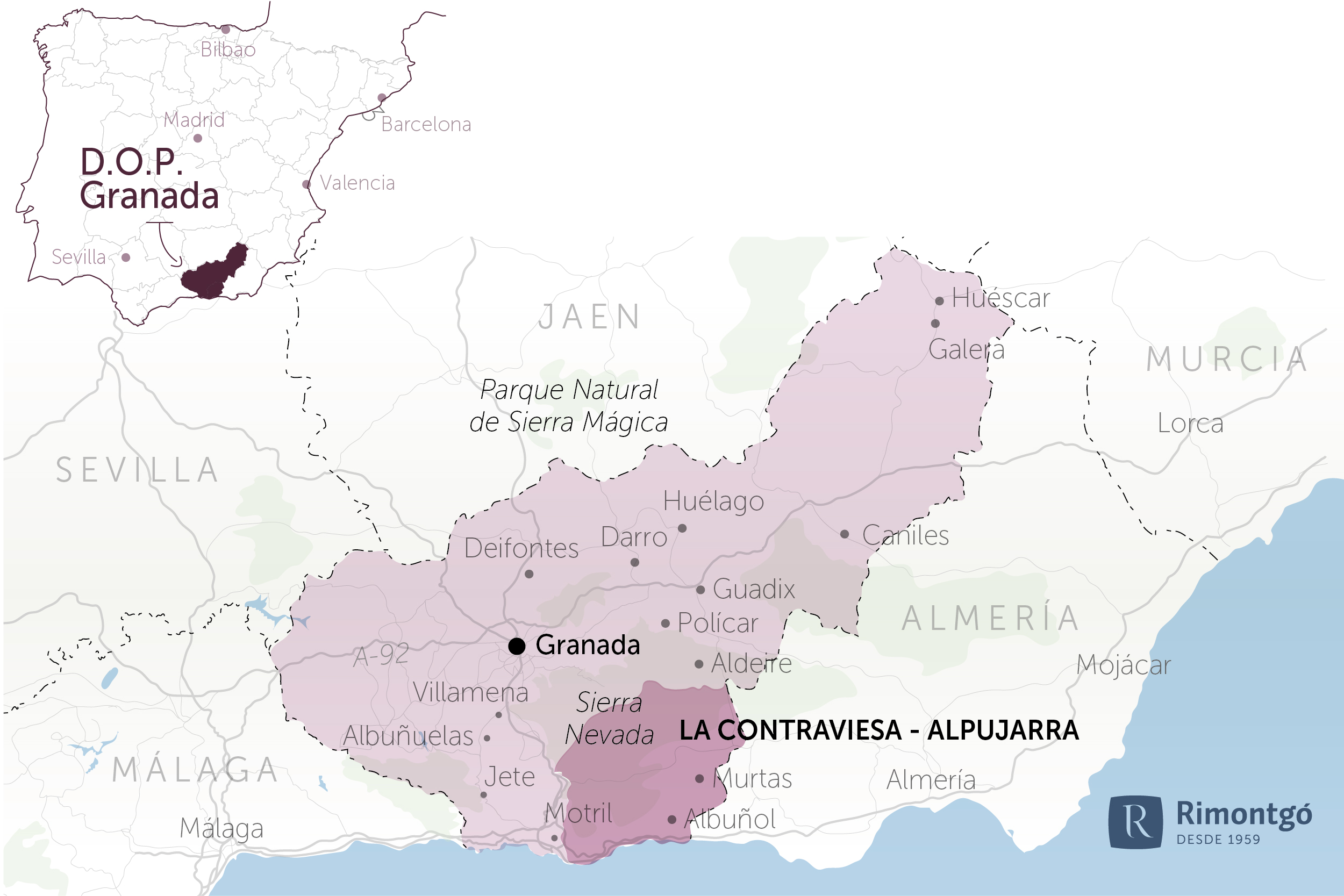
Change to imperial units (ft2, ac, °F)Change to international units (m2, h, °C)
D.O. year of foundation:
2009
Number of wineries (2017):
22
Total surface area:
5.500 ha13.591 ac
Maximum production allowed:
8.000 kg/ha7.137 lb/ac
Altitude of the vineyards:
Min: 800m
Max: 1.400m
Min: 2.625ft
Max: 4.593ft
Temperature:
Min: -4º
Max: 39º
Min: 25°F
Max: 102°F
Yearly hours of sun:
2.900
Yearly rainfall:
300 l/m228 l/ft2
DO Granada
Location and History
The grape and wine production area covered by the “Denomination of Origin Granada” includes the 174 municipalities of the province of Granada in its entirety, coinciding with the provincial demarcation, recognizing the specific Contraviesa-Alpujarra subzone.
The DO Granada has a wine-growing past that dates back to Roman times, being continued by the rest of the cultures that populated the area throughout history. It is located in Andalusia with one foot in the Mediterranean Sea and the other in the Penibetic mountain range.
During the Muslim era, there has been an increase in varietal diversity, the richness achieved in cultivation methods, processed products (raisins, wines, syrups, agras), and the great knowledge acquired about the virtues of the vine.
In Granada there is a good example of the presence of this drink in Arab society: the Puerta del Vino. It is one of the oldest buildings in the Nasrid Alhambra.
Soils
The majority have soils composed of slate and clay on hillside terraces and slopes. The average altitude of the vineyards is 1,000 m.
5,500 hectares of vineyard land are cultivated with the implementation of noble grape varieties and the recovery of native jewels, such as Vijiriega. Vineyards at high altitude, subject to great climatic contrasts and blessed by abundant sun.
Climate
The climate has Mediterranean and continental influence. The temperature and cool air currents of the Sierra Nevada increase the beneficial effect that helps the grapes develop polyphenols that give the wine its color, softness and tannic structure. Due to the altitude, thermal oscillations are caused, causing the grapes to ripen slowly.
Temperatures
The maximum annual temperature is 39ºC, in the month of August, and -4ºC, in the month of January.
Precipitation
The average rainfall is around 450 mm and an average of 70 rainy days.
Insolation
The luminosity requirements are widely covered in the area, with strong sunshine (annual average of 2,900 hours).
Discover more wineries and vineyards for sale in these wine regions in Spain
Subscribe to our mailing list to receive news about wineries and vineyards.




